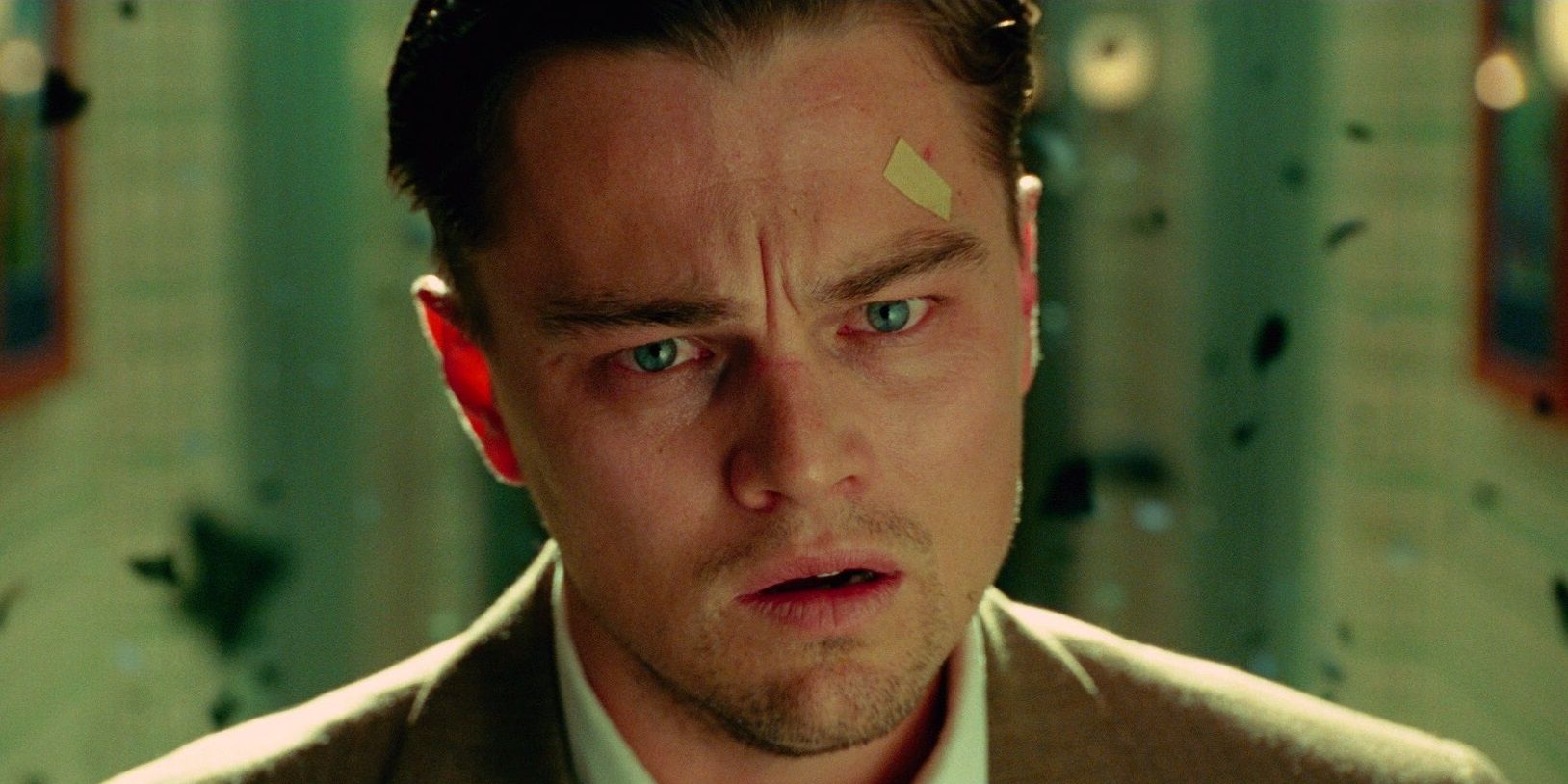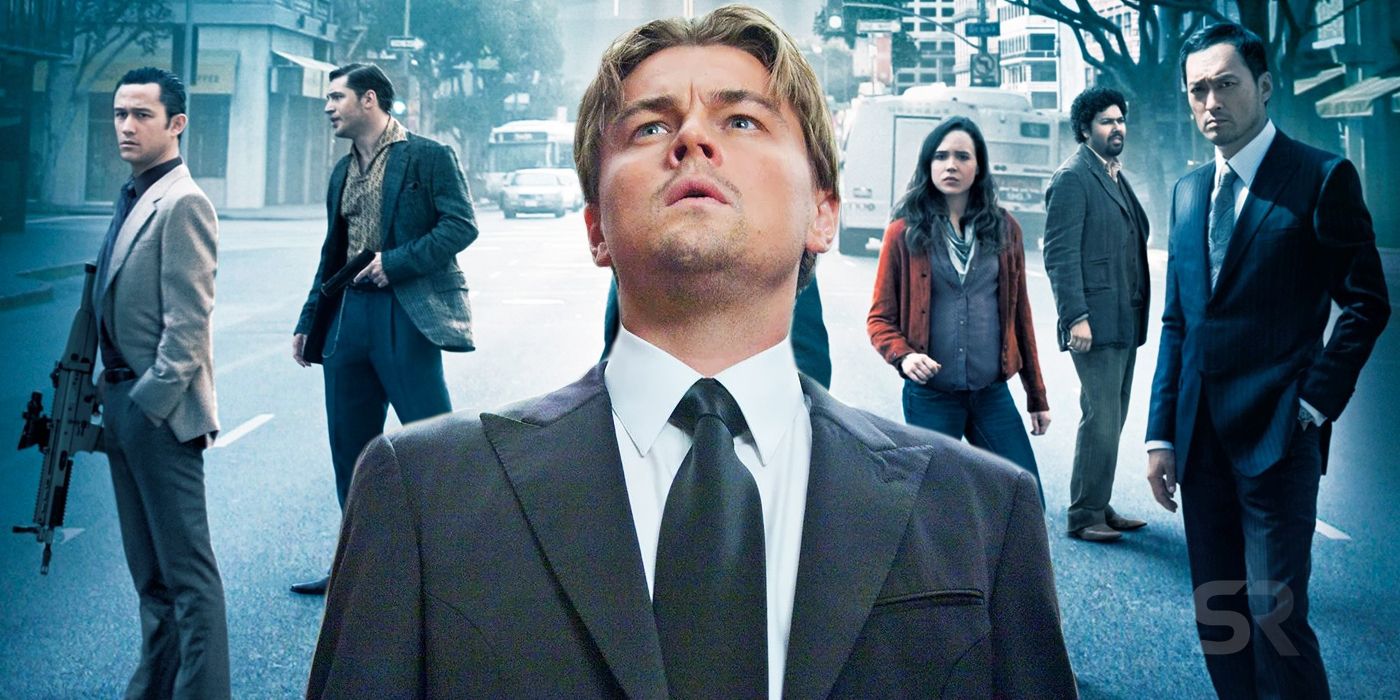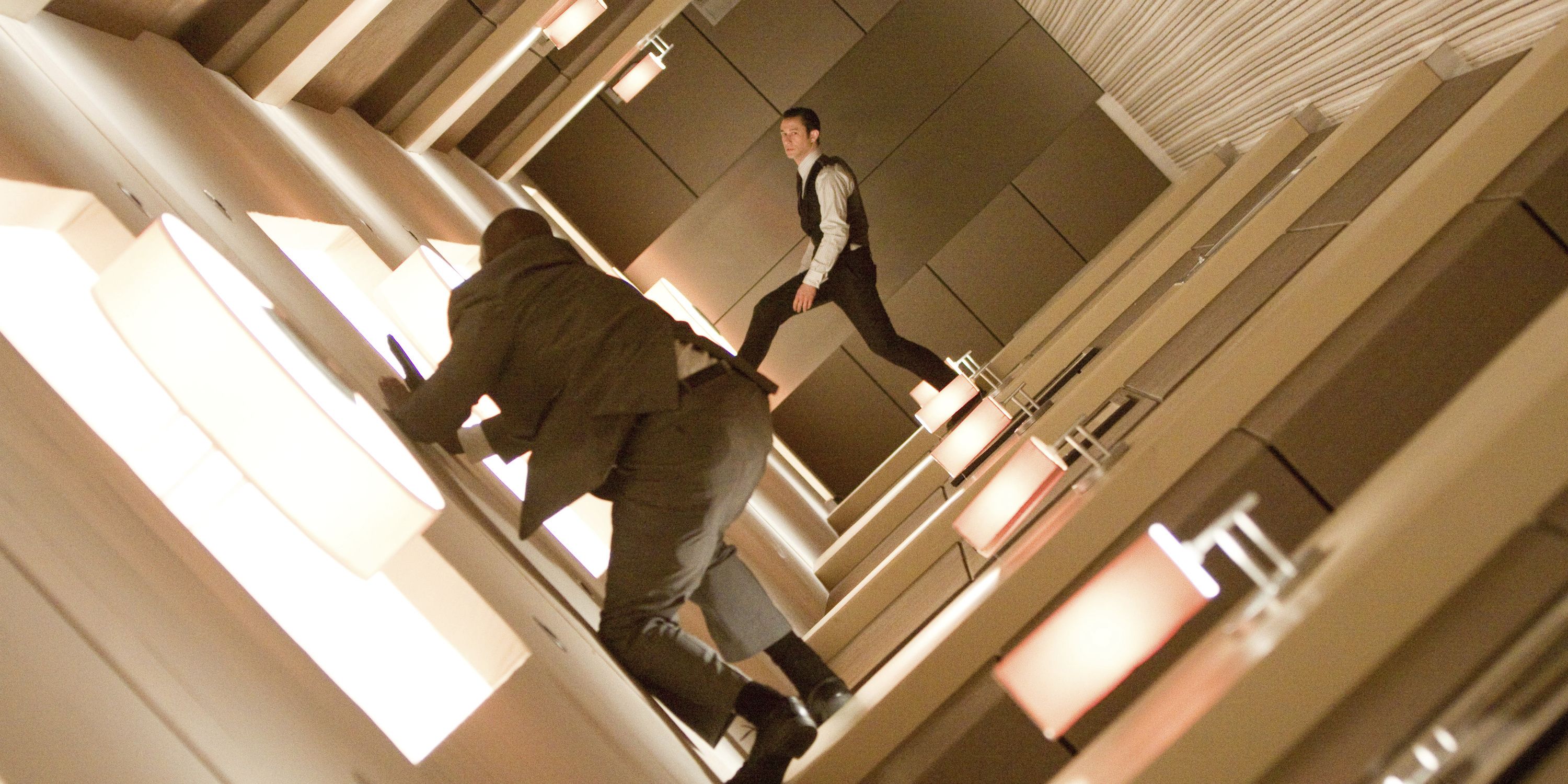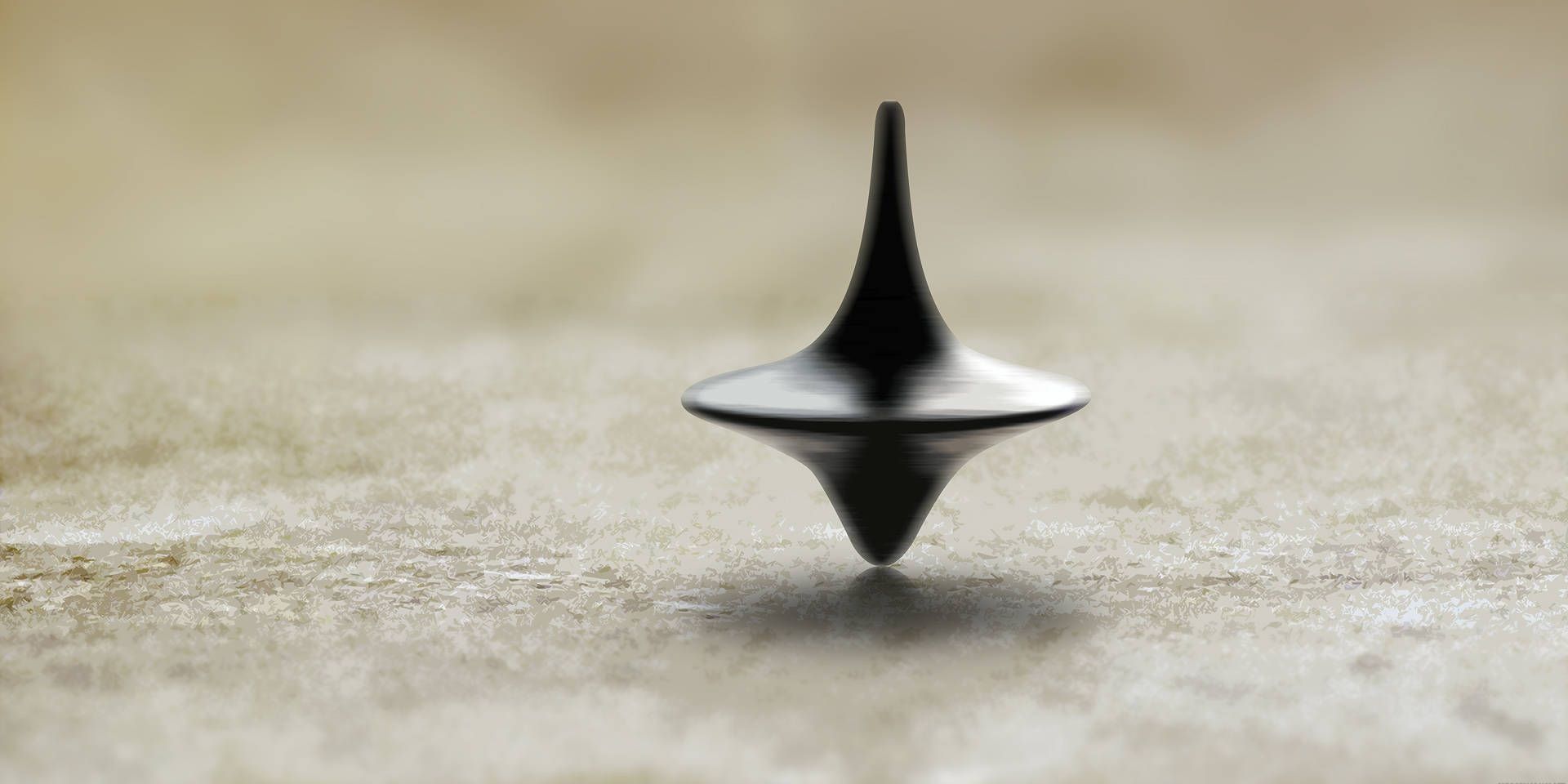Inception and Shutter Island are now streaming on Netflix, so which film is better and why? Directed by the modern masters Christopher Nolan and Martin Scorsese, respectively, the 2010 thrillers share similar themes but utilize their budgets in significantly different ways. In pop culture, Inception is known for being one of the most ambitious films ever made, whereas Shutter Island remains one of the decade’s most undervalued gems.
When assessing the value of both Inception and Shutter Island, it’s important to consider the origin stories. For example, Nolan’s film features his own screenplay, which allows him to run wild with creative concepts. In contrast, Scorsese enlisted screenwriter Laeta Kalogridis for his adaptation of Dennis Lehane’s 2003 eponymous novel, and so he took a more concentrated approach because of the existing source material. Inception was also produced for $160 million, whereas Shutter Island was made for half that at $80 million.
Inception and Shutter Island feature lead performances from Leonardo DiCaprio, who portrays characters seeking existential truths. In Nolan’s film, Dom Cobb wants to reunite with his children but can’t for legal reasons. So, he accepts a self-serving job from a wealthy business mogul who can help, and subsequently must address dark memories from his past to resolve feelings of regret. In Scorsese’s film, Teddy Daniels investigates the disappearance of a patient at Ashecliffe Hospital, and then comes to the realization that what appears to be reality is merely a role-playing test, one that will force him to either live like a monster or die as a good man. Here’s a full breakdown of the lead performances, narrative twists, and directorial execution in Inception and Shutter Island.
DiCaprio’s Performance In Inception Vs. Shutter Island

With Inception, DiCaprio’s character has incredible depth, but that shouldn’t be confused with an incredible performance. For example, Dom’s frame of mind is the driving force in Nolan’s narrative, as his decisions affect the fate of his colleagues, but the lead actor’s overall characterization is mostly balanced. At first, DiCaprio plays it cool while portraying a businessman who infiltrates dreams and extracts information for financial reasons. There’s a James Bond-like confidence that DiCaprio emits, and he shows more depth when Dom accepts a job that requires “inception” – the planting of an idea in someone’s else head. In Nolan’s film, DiCaprio’s best acting moments emerge when he’s paired with Marion Cotillard, who portrays Dom’s deceased wife, Mal; a woman who lingers within his subconscious. Specifically, DiCaprio conveys the anguish of a man who just can’t let go of the past, which sets up a moving final-act monologue in which Dom tearfully accepts that his idealized dream version of Mal doesn’t compare whatsoever to the real woman. DiCaprio has shown a career-long tendency to overact when conveying rage, which typically involves sharp head-turns and finger-pointing (see the 68-minute mark in Inception), so it’s a relief to see the actor dialing down the antics and focusing more on the nuances of communicating existential confusion.
Shutter Island features a much stronger lead performance from DiCaprio. Whereas Nolan’s film calls for the actor to lead a high-profile ensemble cast, Scorsese’s movie requires him to carry the film by himself from scene to scene. During a first watch, DiCaprio’s performance may seem just OK, as early sequences show him portraying a character who often retreats into the past, specifically when thinking about his late wife and World War II experiences. However, Shutter Island’s big twist asks the audience to reassess everything that came before, as it’s revealed that Teddy is actually Andrew Laeddis, an inmate who murdered his wife after she drowned their three children. Hoping to resolve the character’s psychological issues, psychiatrists allow him to role play for a couple of days. So, this huge twist reveals extra performance layers to analyze and interpret during a second watch, as DiCaprio’s nonverbal behavior and overall dialogue delivery takes on a new meaning. Once again, there’s a bit of overacting in Shutter Island, specifically when Teddy lashes out at the 25:45 mark, but the performance becomes increasingly more complex in the second half of the film. DiCaprio channels the energy that fuels so many of his pre-Titanic characterizations, most notably Jim Carroll’s drug-induced despair in The Basketball Diaries and struggle to accept the consequences of his actions.
Inception’s Story & Twists Vs. Shutter Island’s

Inception is far more ambitious than Shutter Island, and has a much larger scope of production. The difference between the two films, however, is that the hammer drops harder in Scorsese’s film with a final act twist, even though it’s foreshadowed all along. Meaning, Shutter Island doesn’t shy away from the idea that Teddy may indeed have some major psychological issues to address. Stylized flashback sequences inform the audience that he’s emotionally traumatized by his World War II experiences, specifically when he arrived at the Dachau Concentration Camp, and also by his wife’s death. At the 46-minute mark, Mark Ruffalo’s Chuck Aule flat-out implies that Teddy should question why he’s at the Ashecliffe Hospital for the criminally insane, and the character George Noyce (Jackie Earle Haley) actually reveals Shutter Island’s entire premise at the 73-minute mark. Overall, Scorsese’s exploration of psychological trauma may feel more viscerally impactful than Inception, as the subtext is much darker and the climax suggests that Teddy/Andrew isn’t actually insane, but would rather be lobotomized than continue to grapple with the past.
With Inception, there’s simply much more thematic material to consume and process. Nolan’s storyline may even feel overwhelming to some viewers, especially in terms of the film’s dream logic and world-building, with many left entirely confused by the time of Inception’s ending. Whereas Shutter Island provides a complex character study about grief, Nolan does the same in his 2010 film with the Mal subplot alone. So, everything else is extra, whether it’s the exploration of genre themes within the various levels of dreams or the logistics of dream infiltrations itself. Many of Inception’s most fascinating moments are expositional scenes, which allow the audience to better understand the film’s dream logic concepts. Shutter Island forces the audience to consider that Teddy may have indeed created false memories about his World War II service, but Scorsese doesn’t fully explore the flashback sequences. Instead, he prioritizes the present suspense. Inception is full of twists from beginning to end, and thus challenges the audience to consider what’s real and what’s not. There’s the brilliant opening sequence which is revealed to be a dream infiltration test, and there’s the action-packed climax in which Dom’s team navigates shared dreams. Inception’s key component is none other than Mal, as she’s symbolic of the film’s various themes and helps the audience identify Dom’s motivations.
Inception’s Direction Vs. Shutter Island: Nolan Or Scorsese?

Nolan aims incredibly high with Inception, and succeeds with his overall directorial execution. There’s much more to offer than Shutter Island, most notably in terms of world-building and action. Whereas Scorsese’s film is contained to a select group of locations, Nolan’s blockbuster takes place all over the world and includes various mini-movies within the narrative, evidenced by characters who take on new identities in different dream layers. The director explores and experiments with thematic elements within the action genre, whether it’s the climactic first-level dream sequence that’s reminiscent of a Matrix-like battle sequence involving Joseph Gordon-Levitt’s Arthur. Nolan continuously shuffles the deck throughout Inception, and essentially flexes his creative muscles during the climax while shifting between different layers. Inception is conceptually much more grandiose than Shudder Island, and the film will endure because of Nolan’s narrative foundation.
With Shutter Island, Scorsese establishes a mood rather than creating a blockbuster experience like Inception. There’s a claustrophobic feel when Teddy arrives at Ashecliffe Hospital, and the director’s sound design somewhat mirrors the opening of Nolan’s film. In flashback sequences, Scorsese utilizes Max Richter’s “On the Nature of Daylight” to punctuate the underlying heartbreak that Teddy feels, and also stylizes the mise-en-scène with bold colors. As the film progresses, however, the color palette becomes much bleaker to thematically underline Teddy’s descent into the darkest corners of his mind. Just as Nolan so wonderfully frames Cotillard throughout Inception, Scorsese similarly pays special attention to the scenes involving DiCaprio and Michelle Williams. In fact, Cotillard’s Mal almost seems like she could pop up somewhere in Shudder Island, whether it during a flashback sequence or at Ashecliffe Hospital. Scorsese’s direction isn’t necessarily worse than Nolan’s work in Inception, it just calls for a different approach.
Why Inception Is Better Than Shutter Island

Inception is better than Shutter Island because it has more to offer across the board. Even for those who aren’t necessarily intrigued by Nolan’s filmmaking, the main ensemble cast will still be a major draw. Fortunately, Inception’s visual design and thematic concepts are inventive, and there are just enough twists to confuse the audience while still giving them time to connects the dots. Pacing is definitely a key factor, as Christopher Nolan steadily shifts from big moments to quiet sequences that further develop the characters. With Shutter Island, everything is done on a much smaller scale, and the narrative tone may be too dark for some viewers. Still, the underlying themes about character psychology are similar to Nolan’s film, as both of DiCaprio’s characters need clarity about the past. If Scorsese had spent another 30 minutes on World War II sequences in Shutter Island, or another 30 minutes on Teddy/Andrew’s backstory, then it would probably feel like a much bigger film. But it’s not a $160 million blockbuster like Nolan’s flick, but rather a slow-burn character study that stays entirely focused on the main’s character’s perspective. With Inception, there’s so much more to consider and appreciate.




